
Commercial Solar Basics
Commercial Solar Energy Systems have been around for years, silently turning sunlight into electricity day after day. These systems are composed of three major components:
- Solar modules (also called solar panels)
- Racking (which holds the solar modules in place)
- Inverters (these turn the DC power from the solar modules into AC power)
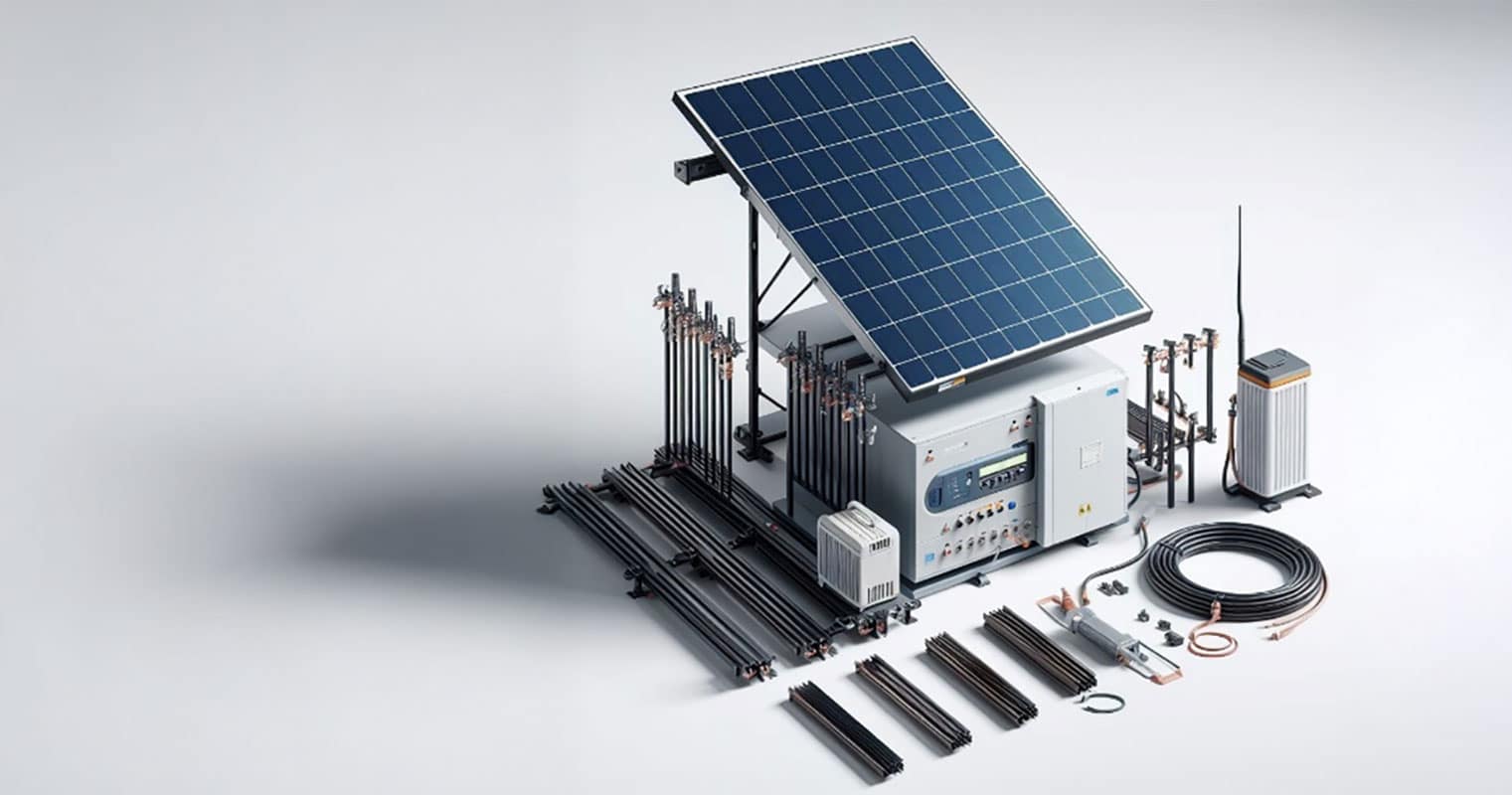
Solar Energy Systems
In addition to the three major components, solar energy systems include other equipment such as electrical wiring, switch gear, disconnects, meters, and monitoring systems.
The solar modules themselves create the magic, turning light into Direct Current (DC) electricity. Groups of solar modules are wired together into “strings” and then fed into inverters or wired individually (or in pairs) directly to microinverters that output Alternating Current (AC) electricity. This AC electricity can in turn either be wired into the service panel that feeds directly into the building where the solar modules are installed (Behind the Meter or “BTM”) or supplied to the utility’s electric grid in what’s known as Community Distributed Generation (“CDG” or sometimes just called Community Solar).
Regardless of whether the electricity generated by the system is consumed by one company or many Community Solar Subscribers, the fuel that generates the electricity is both free and non-polluting, and essentially infinitely abundant.
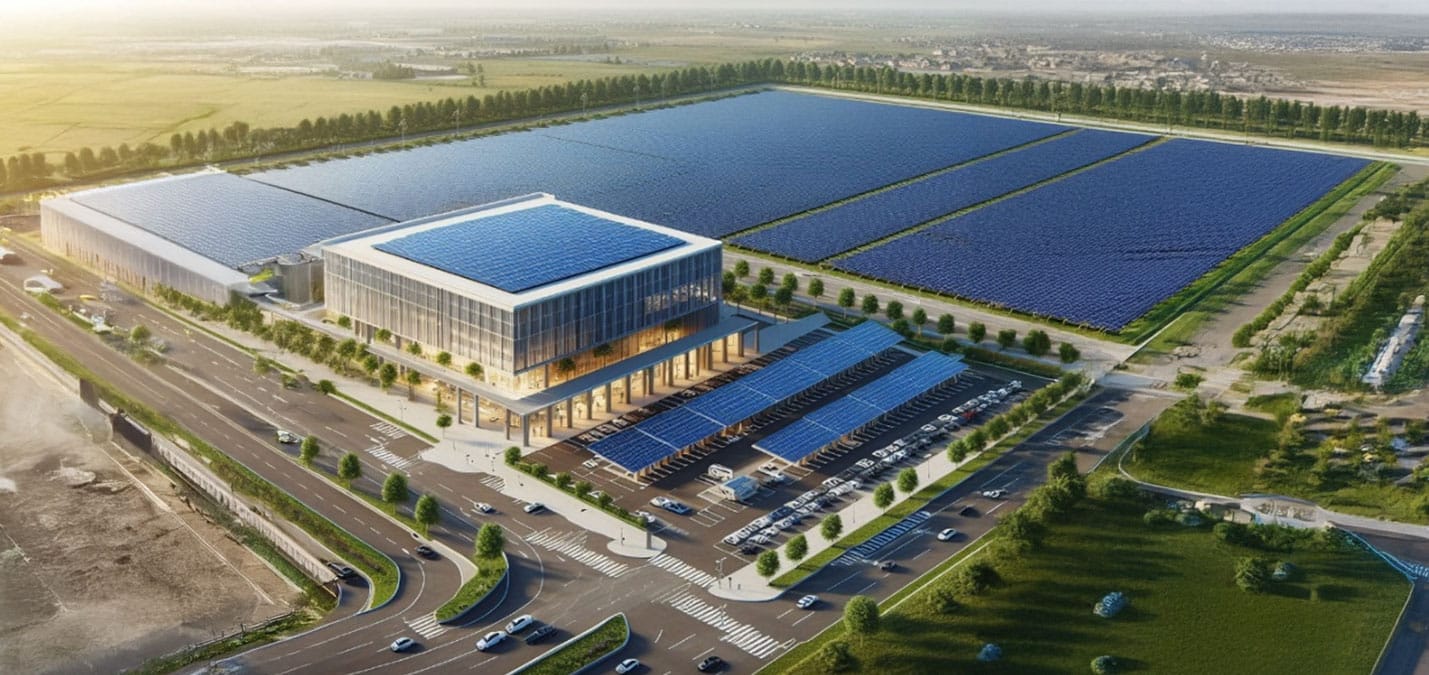
Solar Locations and Grid Connection
Solar energy systems can be installed virtually anywhere sunlight is abundant. The three most common installation locations are:
- Pitched or low-slope rooftops
- Parking lots and decks
- Directly mounted on the ground
Most solar energy systems are grid-tied systems, meaning they are part of the utility’s electric network. They are designed to synchronize to the electric grid’s frequency and voltage and automatically is connect themselves from the grid if there is a brownout or blackout. That also means that by themselves, they cannot provide backup power when there is a disruption to the electric grid.
Battery Energy Storage Systems
Battery Energy Storage Systems (BESS) can create resilience during brownouts and blackouts, keeping the lights and equipment running when the grid falters; but the value they provide doesn’t stop there. Energy Storage Systems can also reduce Demand Charges by discharging when electric usage peaks and provide energy arbitrage when used to charge when electric rates are lowest and discharge when they are higher.
In addition, BESS can be used for ancillary services such as voltage support, non-spinning reserve, and frequency regulation. As part of a demand response program, BESS can provide an additional source of revenue by time shifting electric loads when the grid is most stressed. Standalone batteries reduce the need for gas peaker plants and their associated air pollution and related health risks like stroke, ischemic heart disease, asthma, and lung cancer.
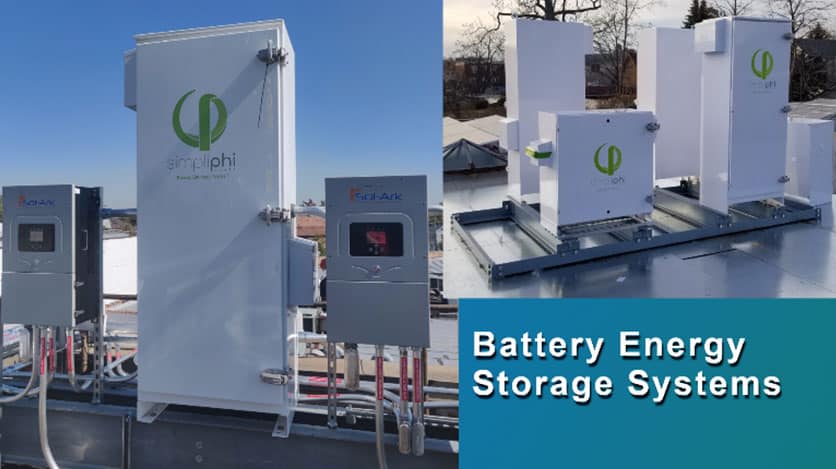
Microgrids and Solar Integration
When combined with solar arrays they can also form microgrids, providing many of the same functions provided by the electric utility with increased reliability and a smaller carbon footprint. Microgrids are defined by the Department of Energy as “a group of interconnected loads and distributed energy resources within clearly defined electrical boundaries that acts as a single controllable entity with respect to the grid. A microgrid can connect and disconnect from the grid to enable it to operate in both grid-connected or island mode.’’
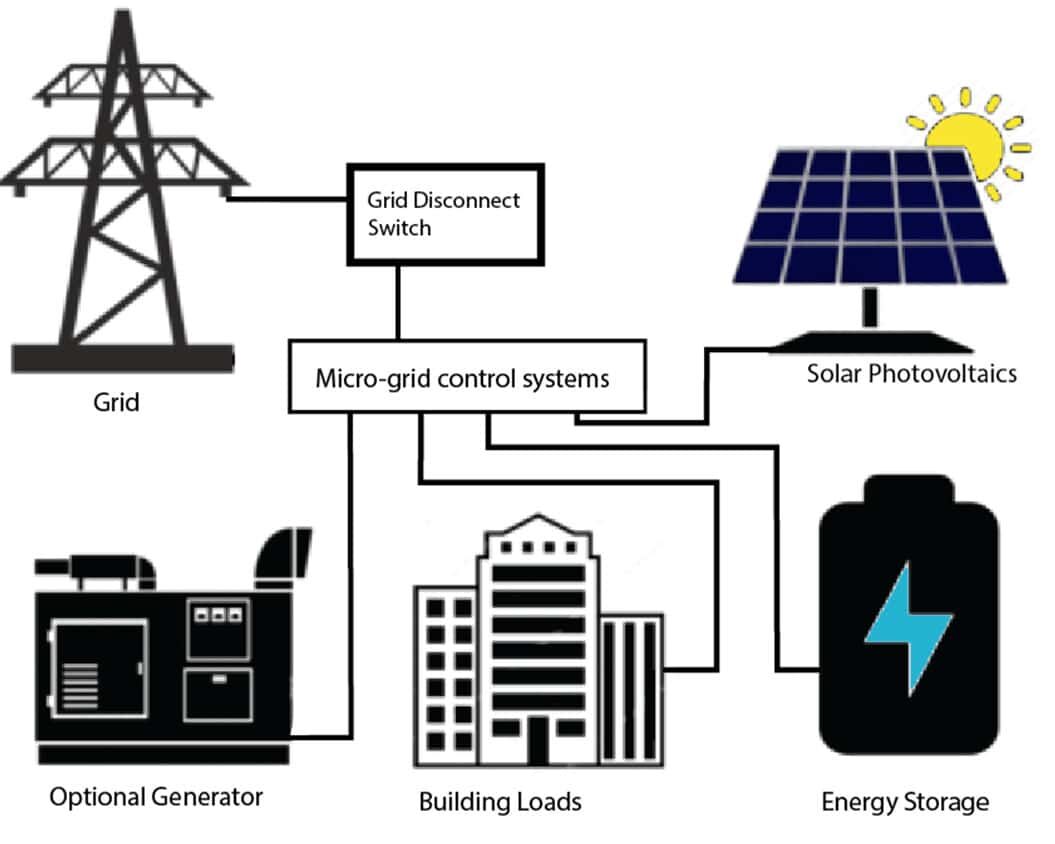
Start the Conversation
Thinking about solar? Allow us to assess your electricity usage and tailor a solar (and storage) solution for you, all without any commitments. You’ll quickly find out if solar is right for your business or home. Please let us know more about your objectives by filling out the form and one of our professionals will contact you with more details.
Shining A Light on Savings: How Solar Impacts Your Energy Bills
-
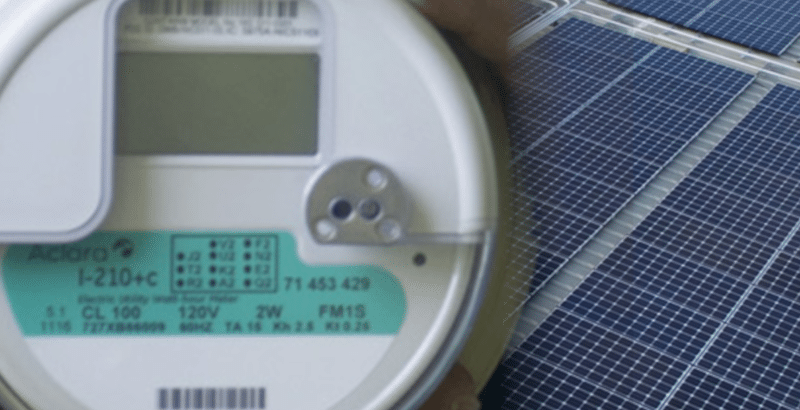
Behind the Meter
If your solar energy system is tied in Behind the Meter, the electricity from your solar array will either power your electric loads directly, temporarily replacing the power you would have otherwise bought from the utility grid or be exported back into the grid while spinning your electric meter backward whenever there is a surplus of solar energy. Either way, you are saving money at the same rate that you purchase it from your utility, a process known as Net-Metering. In New York, some solar energy systems are eligible for another type of compensation known as the VDER Rate. VDER stands for the Value of Distributed Energy Resources and can be worth either more or less than the Net-Metered Rate depending upon when and where the solar electricity is exported back into the grid.
-
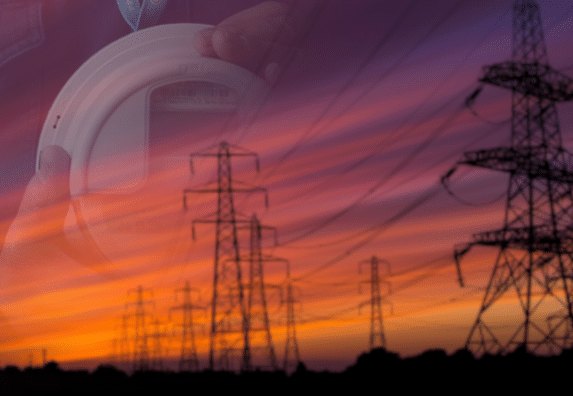
Community Solar Systems
Community Solar Systems sell the electricity they generate to Subscribers who purchase the power at a discount. Commercial real estate owners can turn their unused roofs and open land into revenue generating assets by installing Community Solar systems and either owning the systems themselves or collecting lease payments from third party owners.
Incentives
There are generous incentives available for solar (and energy storage) investments as well. Depending on whether your business is located in NY or NJ, the combination of incentives can offset over 90% of your out-of-pocket cost.
New York Incentives
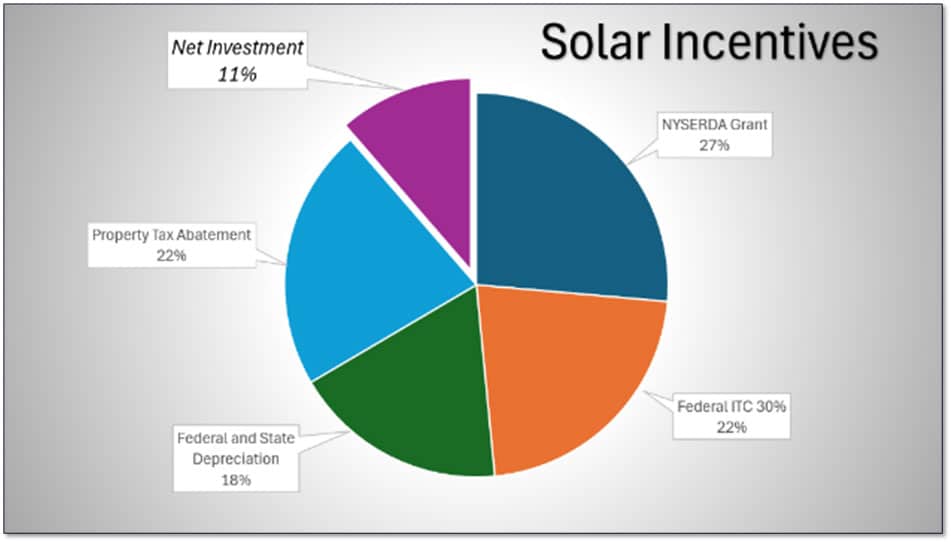
New Jersey Incentives
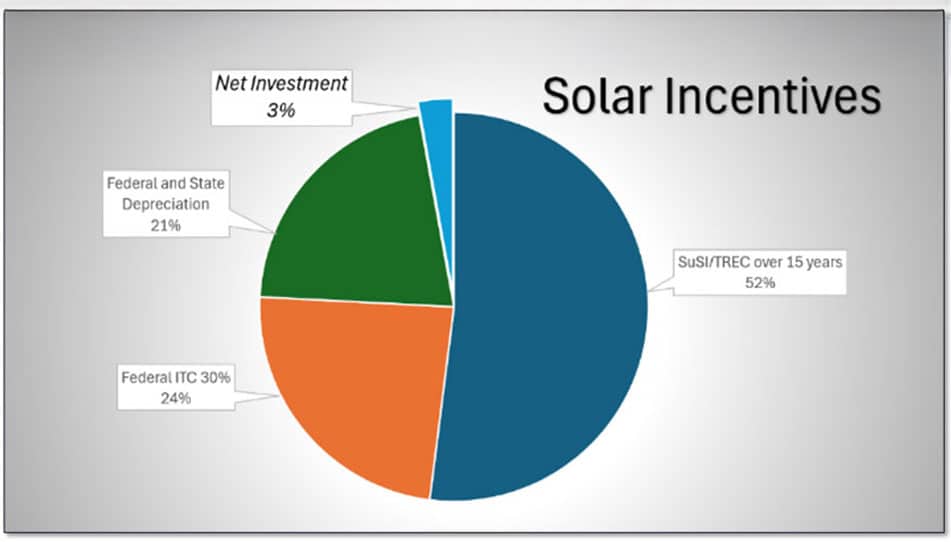
Choosing the Right System
How do you know what the right size system for your business should be? The answer depends on the size and location of your business as well as your electric consumption needs and business goals. Most solar systems can provide significant bill savings even without offsetting all of the electric loads in a building. Large warehouses and logistics centers can maximize their solar potential by taking advantage of remote crediting or CDG regulations to produce much more electricity than is consumed onsite.
Regardless of the ratio of system size to local electric consumption, there is always a way to maximize the value of your solar and storage investment. Accord Power is here to guide the way.
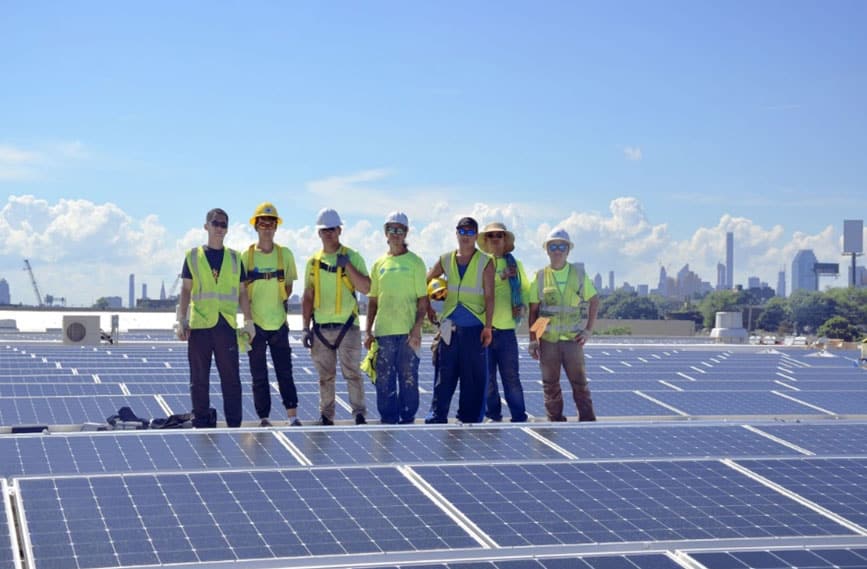
Start the Conversation
Thinking about solar? Allow us to assess your electricity usage and tailor a solar (and storage) solution for you, all without any commitments. You’ll quickly find out if solar is right for your business or home. Please let us know more about your objectives by filling out the form and one of our professionals will contact you with more details.

